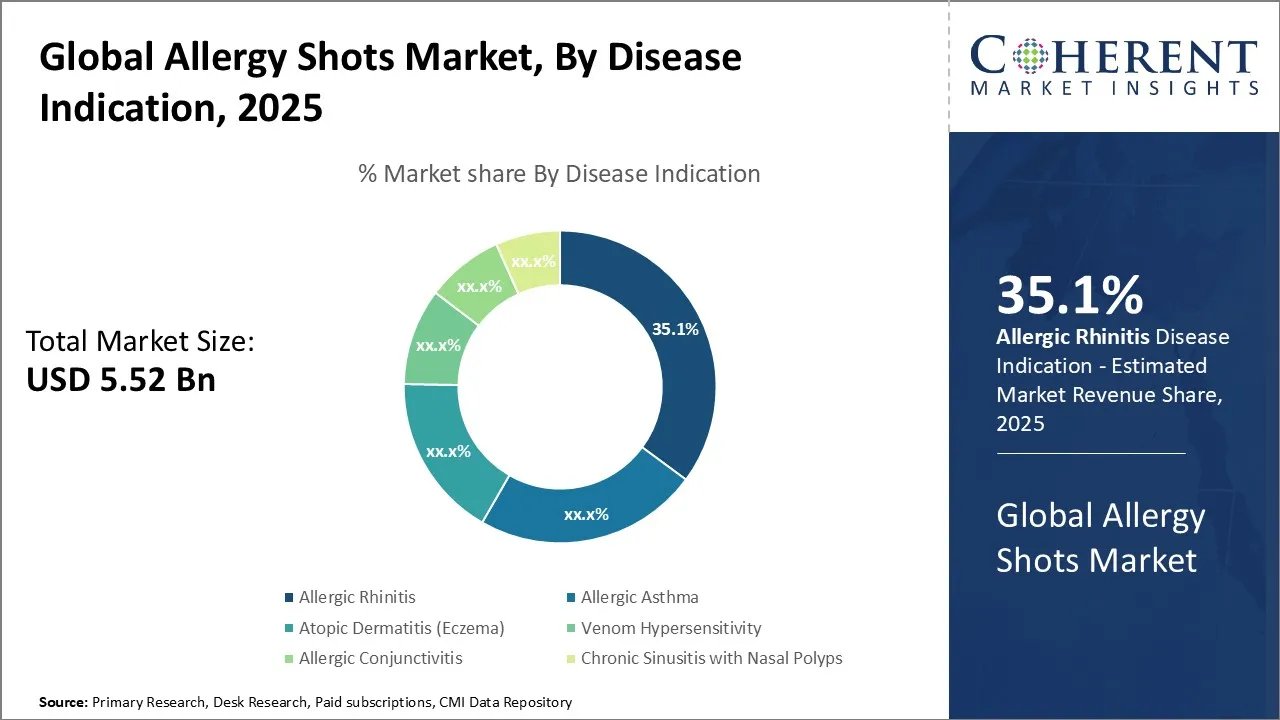
The Future of Allergy Treatments: Immunotherapy and Beyond
For millions, the changing seasons don’t just mean a new wardrobe—they mean a runny nose, itchy eyes, and a constant, low-grade dread. Allergy sufferers know the drill: a rotating cabinet of antihistamines, nasal sprays, and eye drops. These are bandaids, really. They manage the symptoms but leave the underlying problem untouched.
But what if you could actually change your body’s reaction to allergens? That’s the promise of the future, and honestly, that future is already starting to arrive. We’re moving beyond simply silencing the alarm to actually rewiring the system that pulls the fire alarm in the first place. Let’s dive in.
Immunotherapy: The Foundation of Lasting Relief
First, let’s talk about the cornerstone of modern curative allergy care: immunotherapy. The concept is brilliantly simple. Think of your immune system as a highly trained but overly jumpy guard dog. It sees a harmless speck of pollen and treats it like a wolf at the door.
Immunotherapy is like a slow, careful training program for that dog. By introducing tiny, controlled amounts of the allergen—the thing you’re allergic to—over a long period, you’re essentially teaching your immune system not to overreact. You’re building tolerance from the inside out.
The Current Arsenal: Shots and Drops
Right now, the two main methods are:
- Subcutaneous Immunotherapy (SCIT): That’s the classic allergy shot. You get regular injections at the clinic. It’s highly effective but, well, it involves needles and a significant time commitment.
- Sublingual Immunotherapy (SLIT): This is the drop-or-tablet-under-the-tongue method. It’s a great needle-free option for certain allergies like grass and ragweed. The convenience factor is a huge win.
Both are effective, but the field is exploding with innovations aimed at making this process faster, safer, and more accessible.
What’s Next? The Cutting Edge of Allergy Care
Here’s where things get truly exciting. Researchers aren’t just refining the old models; they’re completely reimagining them. The goal? More precision, less hassle.
Epicutaneous Immunotherapy (EPIT): The Patch
Imagine slapping on a Band-Aid-like patch and building tolerance to your allergies. That’s EPIT. The allergen is delivered through the top layer of skin, which is packed with immune cells but has very few pain receptors. It’s painless, and early studies for peanut and milk allergies are incredibly promising. It could be a game-changer for kids, especially.
Biologics: Targeted Missiles for Severe Allergies
For people with severe asthma or chronic hives that don’t respond to other treatments, biologics are a revolution. These are lab-engineered proteins that target very specific parts of the immune system. They’re like smart missiles that disable the precise switch that starts the allergic cascade, leaving the rest of your immune system perfectly intact.
Drugs like Omalizumab (Xolair) are already in use, and more are on the way. They’re not a cure, but for many, they’re the first thing that offers real, life-changing control.
Peptide Immunotherapy and CRISPR Gene Editing
Now we’re getting into the real sci-fi stuff—except it’s not fiction for much longer.
Peptide immunotherapy involves using just tiny fragments of an allergen, too small to trigger a full-blown reaction. It’s like showing the guard dog just a single thread from the intruder’s jacket instead of the whole person. The immune system can learn to recognize the threat without ever going into panic mode. The potential for a much safer and faster desensitization process is huge.
And then there’s CRISPR. This gene-editing technology could one day allow us to go right to the source: the genes that predispose someone to allergies. It’s a long way off for common hay fever, sure, but the theoretical potential to fundamentally rewrite our allergic destiny is… well, it’s staggering.
A Glimpse at the Future Timeline
It’s helpful to think of these advancements in phases. Here’s a rough idea of what’s here, what’s coming soon, and what’s on the distant horizon.
| Timeframe | Treatment | What It Is |
| Now | SLIT Tablets & Biologics | Needle-free drops/pills for some allergens; targeted injections for severe asthma. |
| Next 5-7 Years | EPIT Patches | Wearable patches for food and environmental allergies, especially in children. |
| Future (10+ Years) | Peptide Therapy & Gene Editing | Ultra-safe, rapid desensitization; potential genetic “rewiring” for allergies. |
The Big Picture: A Shift from Management to Cure
So, what does all this mean for you, the person who just wants to enjoy a spring day or share a meal without fear? It means the entire philosophy of allergy care is shifting. We’re moving from a reactive model—”take this pill when you feel bad”—to a proactive, even preemptive, one.
The future is personalized. Your treatment will be tailored not just to your specific allergy, but to your DNA, your lifestyle, and your personal risk factors. It’s a future where the question isn’t just “What are you allergic to?” but “How can we make you not allergic?”
That’s the real change. It’s a future where the guard dog is finally, peacefully, off duty.



